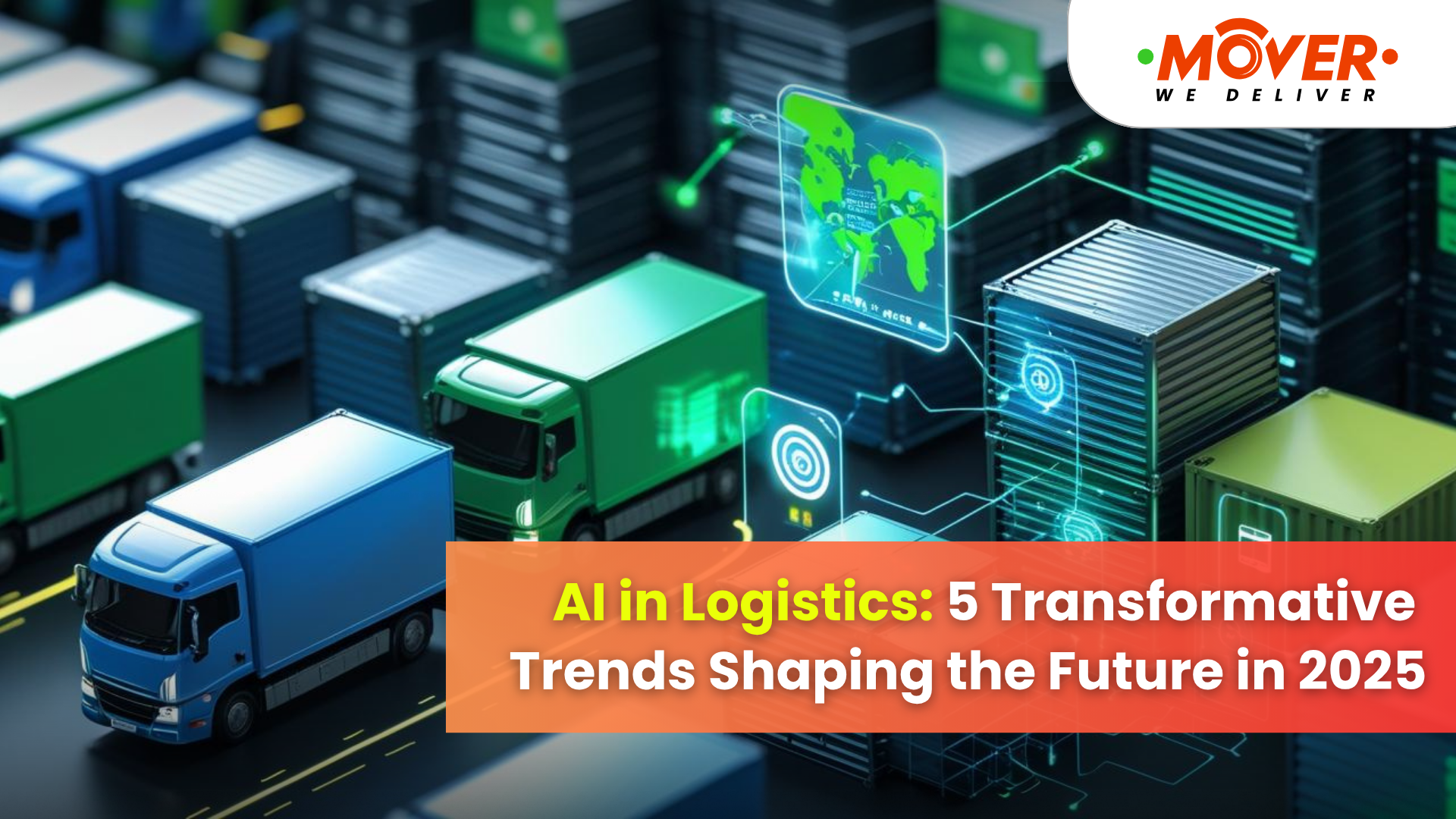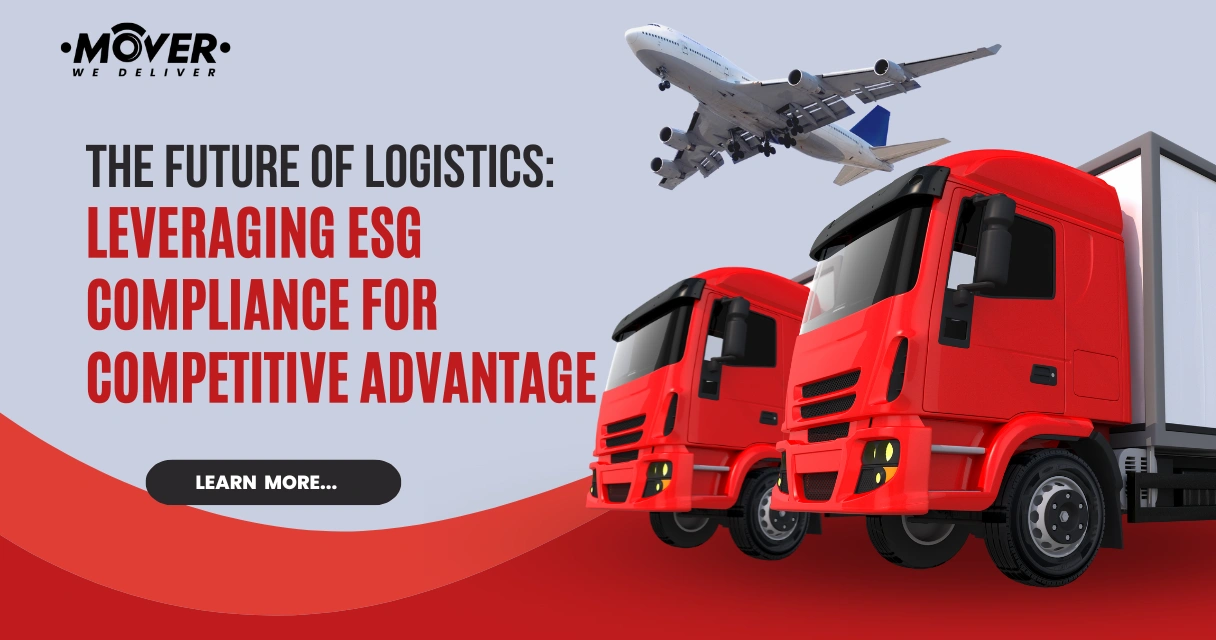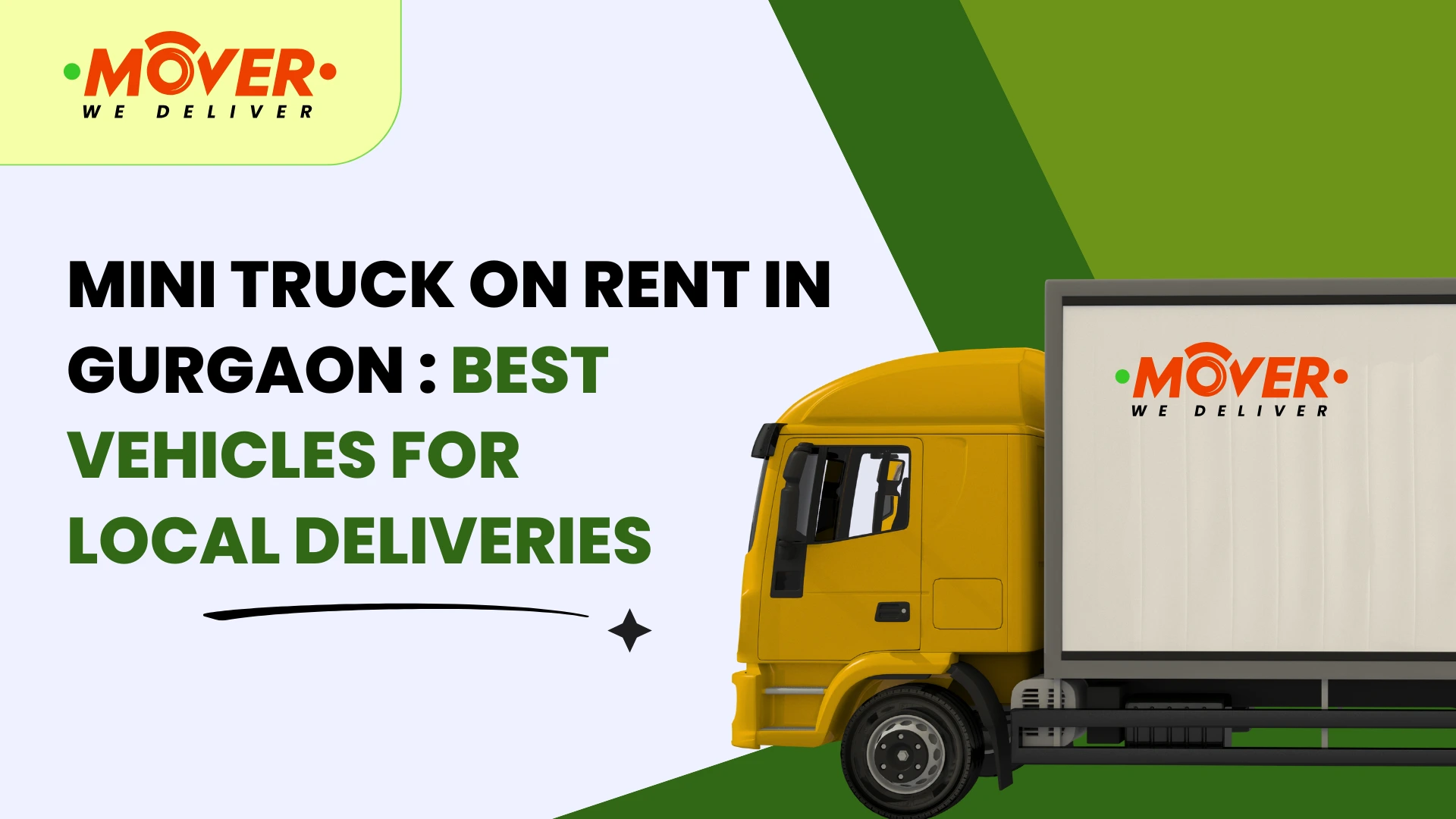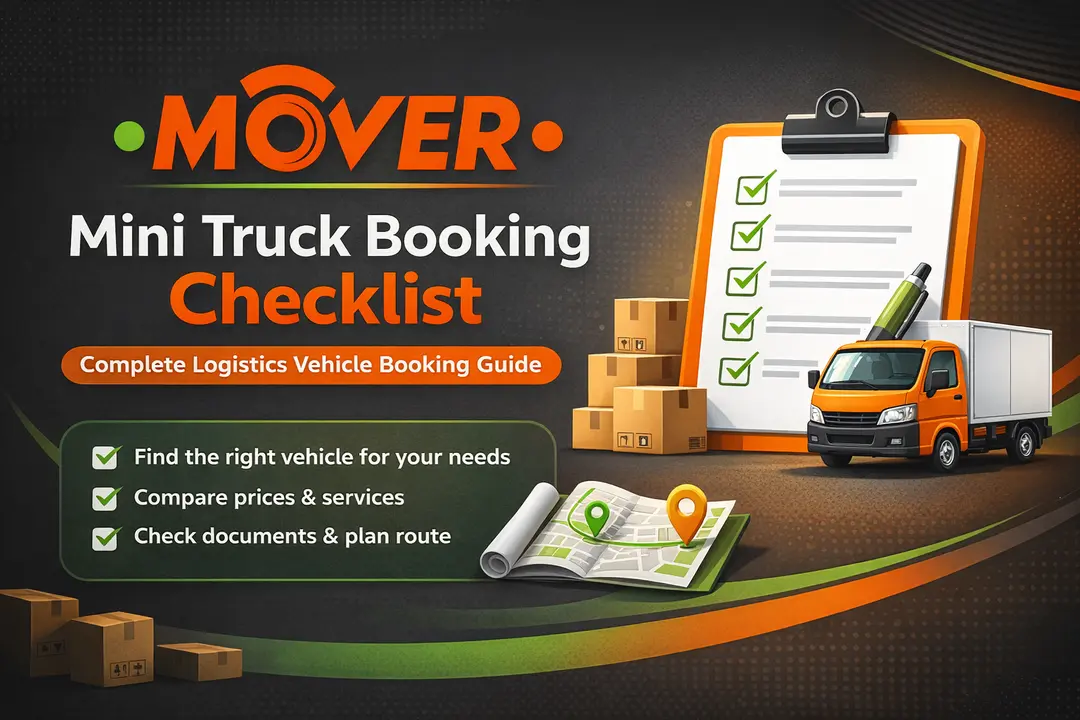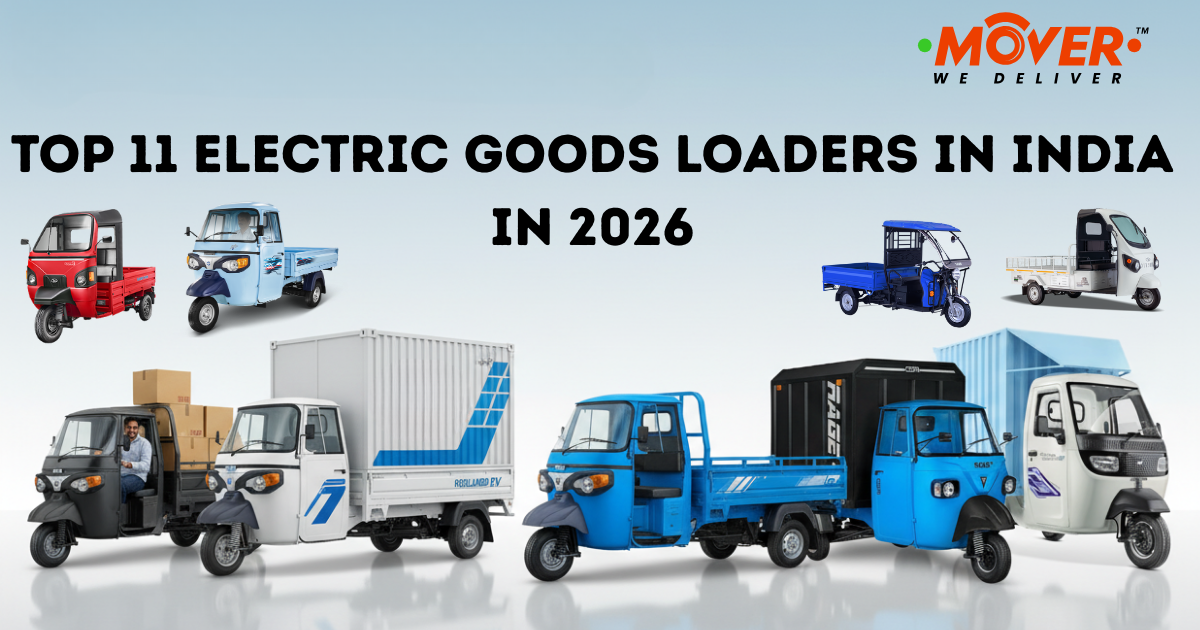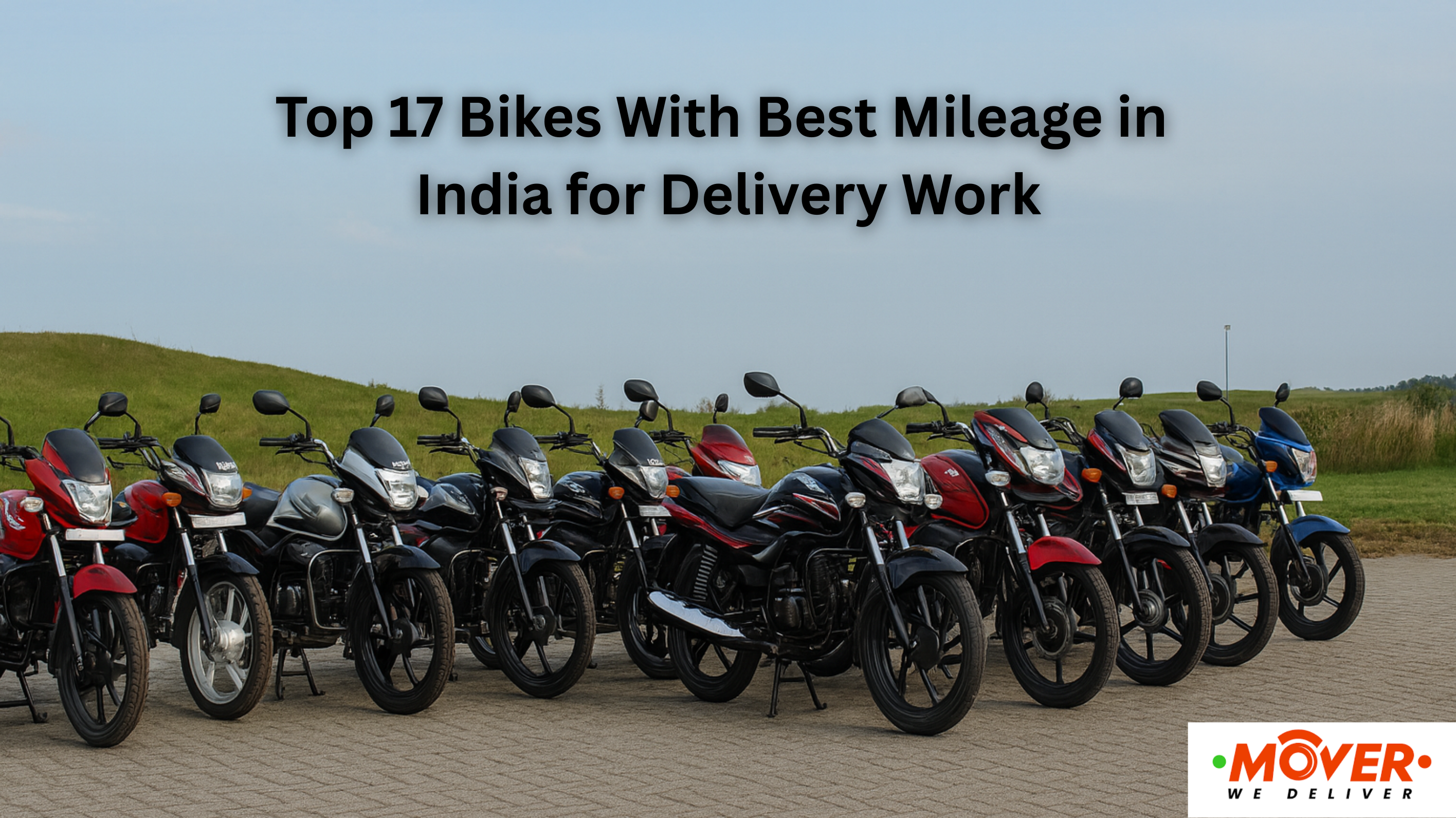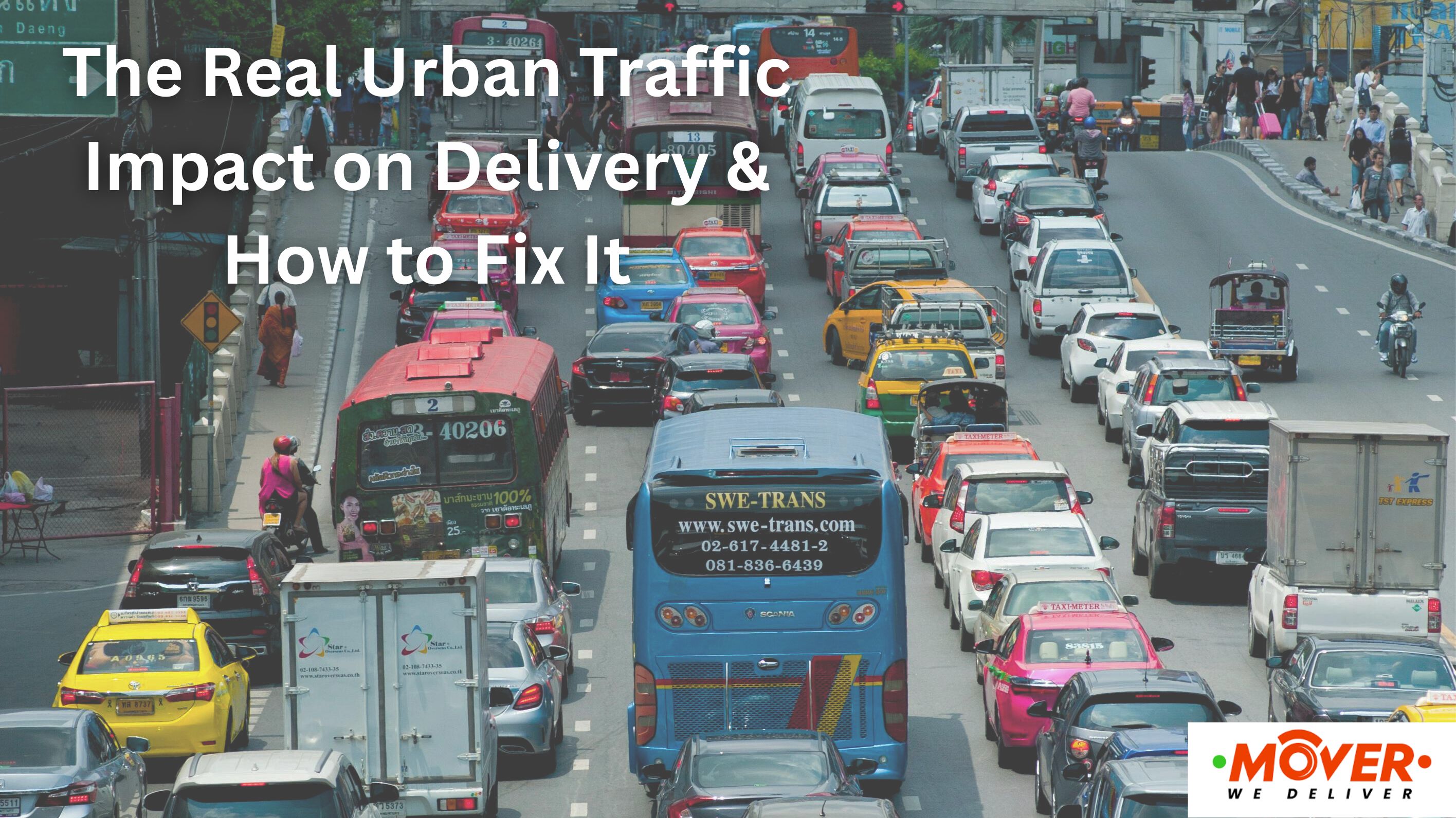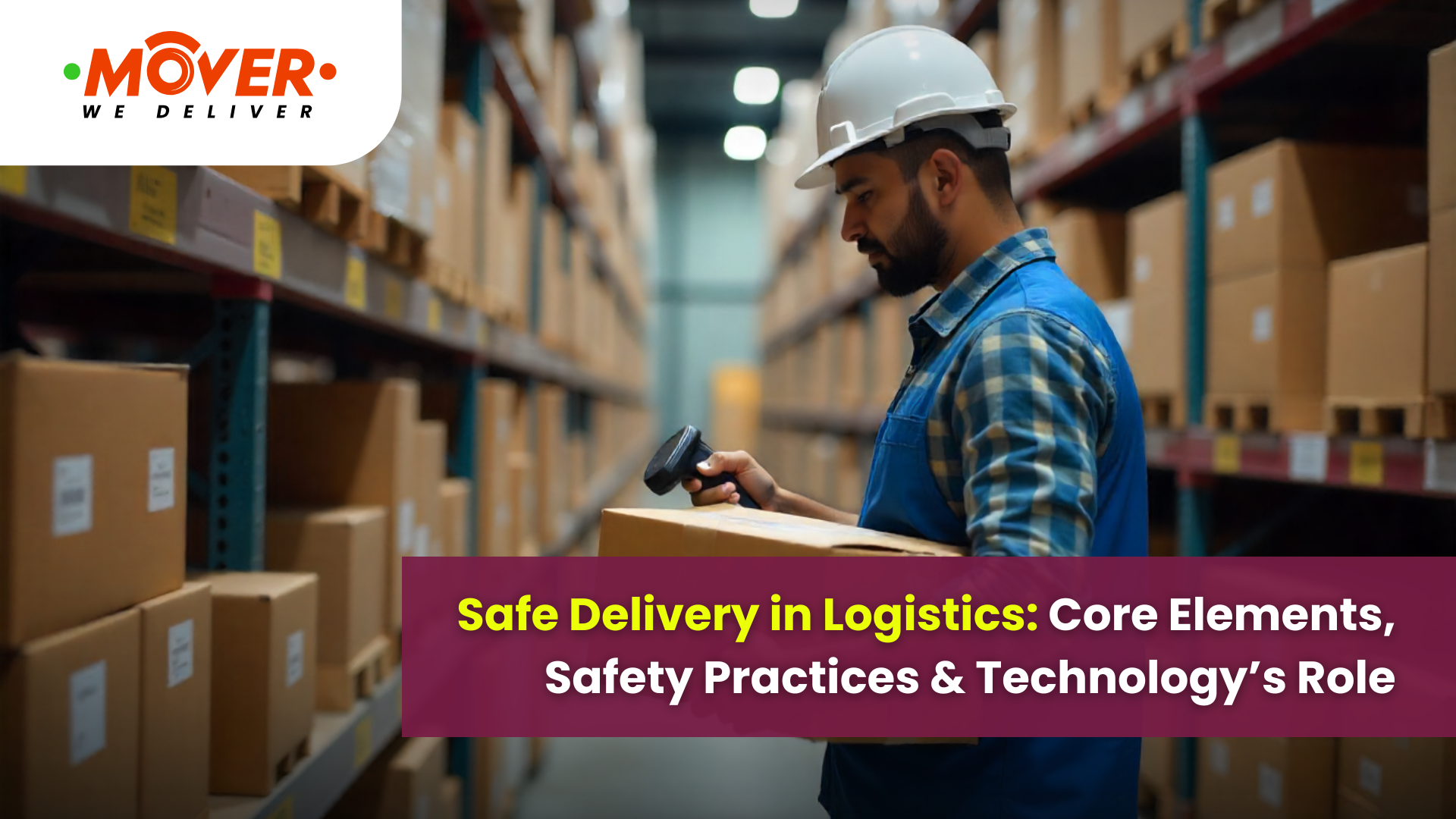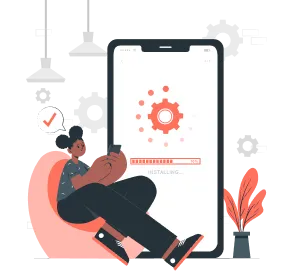The trucks hum quietly in the distance, bikes weave through narrow city lanes, and somewhere in the background, few invisible algorithms are making decisions faster than any human dispatcher ever could. To be honest this is not a scene from a futuristic film, rather it’s happening now. Businesses, from multinational e-commerce giants to local merchants, are waking up to a new reality. And that reality says that AI in logistics is no longer an experiment; it’s the engine driving efficiency, precision and customer satisfaction, altogether in 2025.
But if you’re still imagining AI as just another catchword, here’s where that illusion ends. The truth is, the integration of AI into transport, storage, and delivery systems is rewriting the rulebook, which everyone followed till now. The players who understand it will own the market; those who don’t may find themselves quietly disappearing from it.
1. Predictive Routing - The Brain Behind Every Delivery
Just imagine this: it's the peak festive season in Delhi. The traffic is a nightmare there, rain is pouring down continuously, and you’ve promised a customer a same day delivery. Traditionally, you’d depend on a dispatcher’s best guess to reroute drivers. Today, AI in transportation reads live traffic feeds, weather forecasts, and even historical delivery data to calculate the fastest path - before the delay even takes place.
In a courier delivery app, this predictive power means fewer missed deadlines and greater number of happier customers. In a bike booking app, it automatically translates to smarter rider assignments for hyperlocal deliveries, which benefit by making them quicker and more cost-effective. The human brain can handle a handful of variables at once; but when it comes to AI, it can process millions - and that too in seconds.
2. Intelligent Demand Forecasting - Ending the Guesswork
A few years ago, most logistics companies relied on 'gut feel' to anticipate demand spikes. This often leads to under utilization of vehicles on some days and an overloaded fleet on other days. But with AI in logistics and supply chain now, we’re moving from reactive to proactive approach.
Now just imagine an AI model handling all the tracking online shopping trends, local events, and even weather patterns to predict how many mini trucks or two-wheelers you’ll need next Friday. Businesses using a bike booking app or courier delivery app can now prepare their fleets days in advance. This isn’t just about saving fuel or labor costs, rather it’s about building a formidable reputation for their reliability in an industry where delays are remembered far longer than on-time deliveries.
3. Automation in Warehousing - Where Speed Meets Accuracy
Behind every smooth delivery is a warehouse working like clockwork. This is where AI’s influence is most underestimated. Smart inventory systems use AI in logistics to track every item’s journey - from arrival to storage to dispatch - with near-perfect accuracy.
Think about a same-day shipment ordered via a courier delivery app. Without AI, human staff would rush through picking and packing, risking errors. With AI, robots and humans collaborate. They are guided by systems that optimize shelf placement and retrieval routes. And the result? Faster order processing, fewer mistakes, and also reduced costs.
4. Real Time Tracking & Customer Transparency
Customers today want more than just an 'out for delivery' notification. What they actually want is a live map, accurate ETAs, and instant updates when something changes. And AI delivers exactly that and to be honest even more.
In a bike booking app, for example, AI doesn’t just track location; it predicts arrival times based on live road conditions. In a courier delivery app, AI can even adjust delivery sequences dynamically, which also ensures that the most urgent orders are handled first. This kind of transparency turns one-time users into a part of a loyal customer base, because in logistics, trust is built by one delivery at a time.
5. Sustainability Through AI - The Green Advantage
Here’s a truth which most businesses avoid discussing: logistics is resource-heavy, and sustainability isn’t optional anymore. By optimizing vehicle loads, routes, and schedules, AI in transportation reduces fuel consumption and emissions.
For MOVER, this means fewer empty truck runs in the truck booking segment and smarter dispatching in the bike booking app service. Over time, these savings aren’t just environmental - they’re financial. AI is quietly proving that profitability and sustainability can move in the same direction.
A Real World Glimpse: From Chaos to Clarity
Last monsoon, a mid-sized distributor in Bangalore-10,000+ SKUs, five micro-warehouses from KR Puram to Yeshwanthpur ditched their whiteboard and WhatsApp dispatch and moved to an AI-led control tower. Before the switch, their courier delivery app jobs looked busy on paper yet bled minutes on the road: riders idled near Indiranagar, while urgent orders in HSR piled up. Reassigning jobs was chaos; one late evening delivery triggered a ₹150 refund and a week-long customer churn spiral. Familiar?
The rollout was quiet, practical, and painfully human. They started with clean data: standardised addresses, pin-code clustering, and SLAs by product class. Then came the models. Demand heatmaps forecasted 30, 60 and 120‑minute bursts; a dispatch brain grouped orders into 'micro-routes' that a two-wheeler could clear without zig‑zagging. Geofences reduced phantom arrivals. And the live board stopped treating all delays equally-medical supplies trumped T‑shirts.
Within three months, on‑time performance climbed from 72% to 94%. Fuel burn fell 18%. Rider utilisation finally matched shift hours instead of wishful thinking. The surprise win? Fewer angry calls. With ETA honesty and proactive nudges-'heavy rain on Outer Ring Road; updated arrival 27 minutes' customers forgave delays because the system told the truth before they had to ask. That’s how AI in logistics turns operations into reputation.
Hyperlocal speed was the other lever. A lean bike booking app fleet-mapped to short-haul corridors around Koramangala and JP Nagar-took over sub‑5 km drops, freeing mini‑trucks for fuller loads and inter-warehouse moves. Same headcount, different choreography, better economics. When audit season arrived, the finance head didn’t talk about algorithms; she talked about fewer credits issued, steadier repeat rates, and a cost-per-order graph that finally bent the right way.
The Human Element AI Can’t Replace
Now, let’s be clear. AI won’t replace the human touch in logistics - at least not entirely. What it will do is free people from repetitive, low-value tasks, letting them focus on relationship-building, problem-solving, and creative growth. A driver’s smile at the door, a quick confirmation call from support staff, or a personalized packing note - these still matter. AI just ensures they happen on time, every time.
Future Proofing Your Logistics in 2025
If there’s one takeaway for business owners, it’s definitely going to be this: adopting AI in logistics and supply chain is no longer about being an innovator, rather it’s about staying relevant. It enables customers to place on-demand or scheduled orders simply through a voice prompt, making the booking process much faster and more intuitive than ever. Whether you’re running a bike booking app, a courier delivery app, or a truck booking app, the technology is here, it’s proven, and also it’s accessible.
Waiting another year might not just cost you market share, rather it could cost you the market itself.
Conclusion
The future of logistics belongs to those who see AI not as a gadget, but as an ally, who works for you side by side. From predictive routing to sustainability, AI in transportation is rewriting how goods move across cities, states, and even countries. The companies that are embracing it now will be the ones about which we will still be talking about in 2030. And what about the rest? They’ll be the cautionary tales in someone else’s case study.
Also Read: Mini Truck on Rent in Gurgaon: Best Vehicles for Local Deliveries
